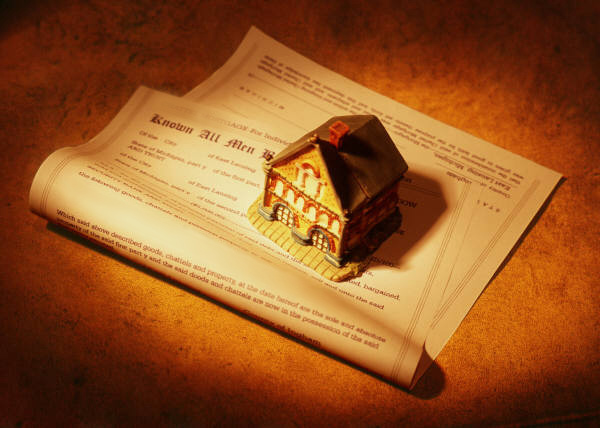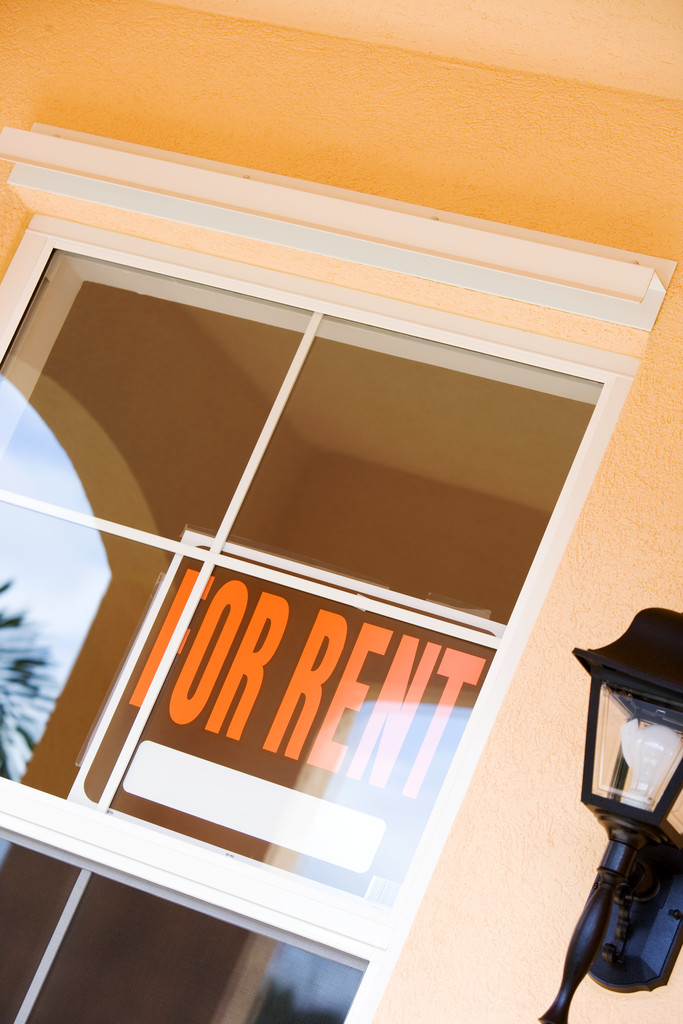Why you shouldn’t believe everything you read on the internet when it comes to real estate.
Indeed.com did a survey of the job opportunities offered in the most populous areas of the country and several publications used the survey information to write articles, based on this survey. However, the most populous cities in the country tell a very small part of the story and the caveat here is that by the very virtue of these areas being the “most populous” it suggests that no matter how many job postings per 1,000 people there are, there will be much more competition for those jobs both within that metro area and from outside of it.
One such article, written by AOL.co m, used the information to make suggestions regarding which the ten best towns were for working toward home ownership. http://realestate.aol.com/blog/gallery/10-towns-for-working-towards-home-ownership/
m, used the information to make suggestions regarding which the ten best towns were for working toward home ownership. http://realestate.aol.com/blog/gallery/10-towns-for-working-towards-home-ownership/
However, I suggest that there are smaller, less populous towns that provide better opportunities for employment, lower median home prices and a lot of the things that people look for in a neighborhood. I will let the big media companies tell you the large metropolitan areas where they believe you can get a job and afford to own a home, even though the one on the top of the list at aol.com has a median home price of $369,999, with a 20% down (in this very difficult mortgage market, most buyers are required to have at least 20% down) of just about $74,000. This target down payment is tough, especially since the mortgage repayment, plus taxes, insurance, etc. may end up costing the homeowner around $3,000 a month. Given that many lenders require that a mortgage be no more than 33 to 36 percent of one’s income, the income a prospective homeowner (or homeowner couple) needs to earn each month is in the range of $10,000. This cuts most of middle America out of the ability to own homes in these so-called desirable work areas as one must clearly one possess advanced degrees, extraordinary experience and unusual skills in order to compete for these $120,000 (or more) a year jobs.
So where can the rest of us hope to get jobs, purchase homes and live in safe and desirable neighborhoods? I believe that the best way to evaluate these are to look at various factors, including: the cost of housing, the property tax rate, the cost of living, the crime rate; and, educational statistics, such as, the school expenditures per pupil and the teacher to pupil ratio. Using these criteria, here are my top three picks for areas where home ownership is still possible for middle America and where there is a quality of life that is desirable:
Sioux Falls, SD: With a median home price of $137,200, a low unemployment rate of 5.70%, which is lower than the national average, and a property tax rate of just $15.92 per $1,000, Sioux Falls makes sense. Here it is possible to have a lower paying job and still afford to own the home you live in. Salaries paid range between $60,000 and $300,000, but owning a home is still possible if you are in that lower than $60,000 a year range. Heck you could probably save enough for the 20% down payment on a home and still meet the earnings criteria for a mortgage if you earn $30,000 a year. Of course, you will be giving up great weather in exchange for a job and a home, which for some is not negotiable, but for the practical, well it’s definitely worth another look.
State College, PA: State College is in the center of the state. It has a median home cost of $215,000 with a low per $1,000 tax rate of 12.65% and an unemployment rate of 5.4%. Earnings are lower, spread pretty well between $15,000 per year and $150, 000 at the top end. Expenditures are $7,046 per student, higher than the national average and a pupil to teacher ratio of 13.5. As a bonus, the air quality and water quality are good. 45 inches of average snowfall each Winter, balanced against an average July temperature of 82 degrees.
Centerton, AR: A small city of just over 6,000 people, located in the county of Benton, Arkansas, right next door to Bentonville, home of Walmart. With a really low crime rate and a low cost of living, a property tax rate of $7.85 per $1,000 and a median home price of $147,000, Centerton is a great place to call home. The unemployment rate is 6.2% and being located near Walmart headquarters contributes not only to available jobs, but also a low cost of living, especially in food and clothing. 21.11% of people earn between $50,000 and $75,000 a year, making this the mode salary range. The balance of salaries are fairly evenly distributed between $15,000 and $150,000. Houses in the $110,000 range are abundant, so qualifying for that mortgage and saving for the downpayment is still realistically viable. Being so close to the larger city of Fayetteville and the ever-growing Rogers, as well as a short distance from the Oklahoma and Missouri borders, means opportunities for employment and fun traveling are readily available nearby, if not actually in the city of Centerton.
Source: Bestplaces.net

